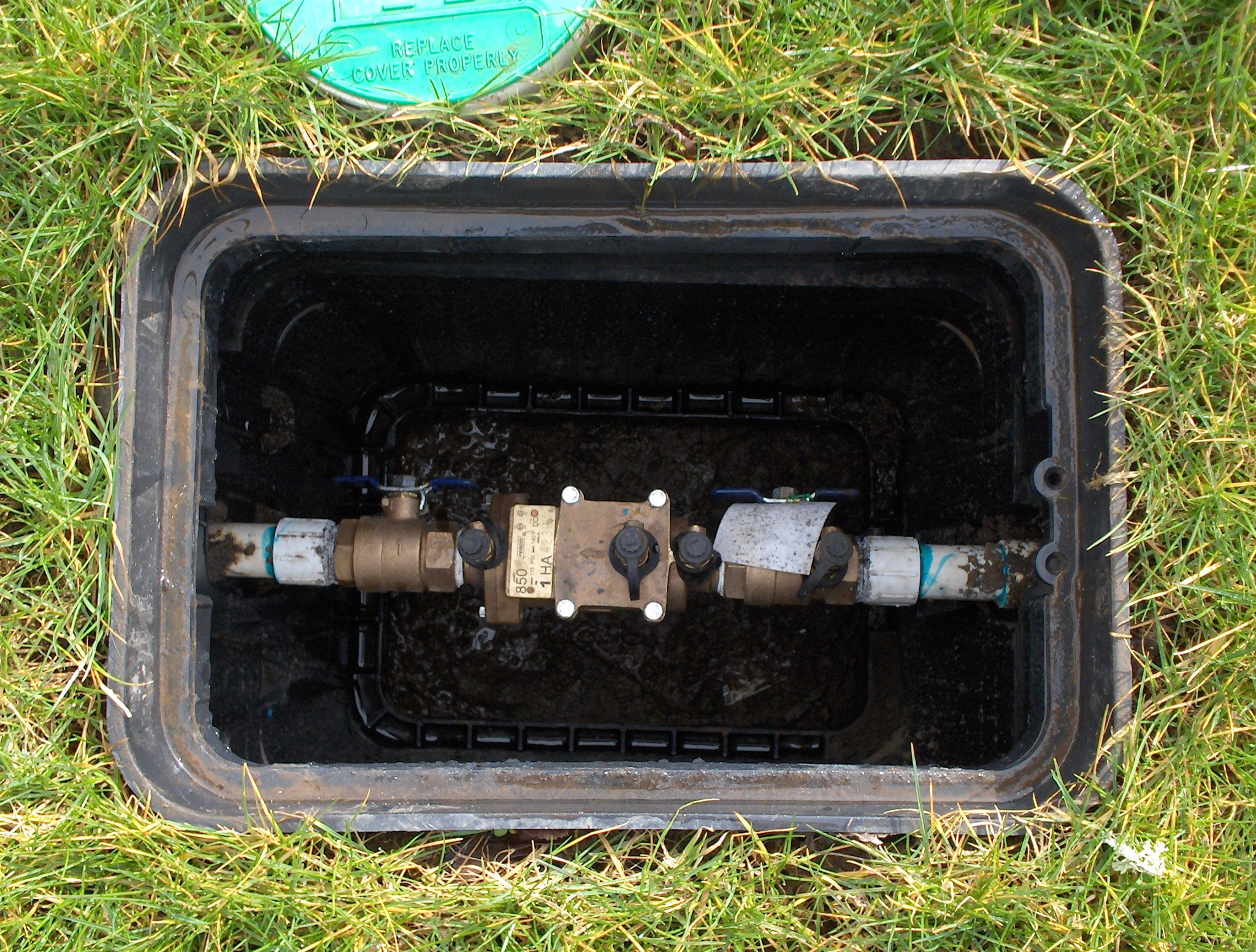Should I Conduct a Backflow Test for My Water?
Should I Conduct a Backflow Test for My Water?
Blog Article
What are your ideas regarding Backflow Prevention?
Yes, you require to backflow test your home's water supply to make certain that the water is free of contaminants as well as hazardous degrees of chemicals. Due to the tools required as well as area for error, you must not try to carry out heartburn screening by yourself. We recommend that you call an expert plumber every number of years to examine your water.
Heartburn Can Influence Both You and Your City
Due to the fact that harmful backflow can impact the public water supply in addition to a solitary structure, several cities develop backflow standards. Fortunately, modern-day cities have backflow gadgets in place that protect the water supply that originates from many houses as well as commercial residential properties. The actual threat comes from watering systems, which can damage the supply of water with harmful fertilizers, manure, as well as various other chemicals.
What Creates Heartburn?
A typical reason of heartburn is a loss of water pressure that causes the water to siphon back into the water supply. After some time, there is a loss in water stress and the pipe starts to suck the water back into the water supply. As you can imagine, there are now chemicals from the paint that are entering the water supply, potentially posing a risk.
Heartburn Testing is Called For by Regulation in Specific Cities
Depending on where you live, you could actually be called for by legislation to backflow examination your legislation. Iowa City maintains a record of all buildings served by the city's water supply.
You Can Protect Against Backflow
Harmful backflow is quickly preventable if you have an expert plumber install a heartburn device. The plumber will also test for heartburn and establish if there is an active hazard. The primary purpose of a backflow device is to stop water from streaming backwards into your supply of water. Plumbing technicians install the gadget on the pipelines in your home to guarantee that the water just streams in the correct instructions.
What is Heartburn?
Simply put, heartburn is when water moves upwards-- the opposite direction in the plumbing system. This is additionally known as "backpressure." When the water relocates this direction, it can combine with hazardous toxic substances and also position a risk.
Call a Plumber to Check for Backflow Before It is Too Late
A plumbing business can promptly evaluate your house's water to figure out if there are any kind of hazardous chemical levels. And if you do discover that your water has high levels of toxic substances, a plumber can easily install a backflow avoidance device.
Yes, you need to backflow test your residence's water supply to ensure that the water is cost-free of toxic substances as well as unsafe degrees of chemicals. Lots of cities establish backflow standards due to the fact that hazardous backflow can influence the public water supply in enhancement to a solitary building. A typical reason of backflow is a loss of water stress that triggers the water to siphon back into the water supply. After some time, there is a loss in water pressure as well as the hose starts to suck the water back right into the water supply. The main objective of a backflow tool is to avoid water from moving backward into your water supply.
WHY DOES BACKFLOW TESTING NEED TO BE DONE EVERY YEAR
What Is Backflow?
Toxic gas backing up into a building is one example of potential backflow issues, but backflow can occur in many other ways.
Backflow is generally referred to as the reversal of a liquid or gas in a plumbing system.
Most issues for the public occur with backflow resulting in contaminated drinking water. If you look up backflow issues online you’ll probably find references to “potable” water. That means drinking water.
There have been backflow issues in the past with drinking water. Chemicals, sewage and other contaminants have found their way into drinking water causing health issues for those that count on the fresh water.
What Causes Backflow?
In a residence or commercial building water generally flows one way. This normal flow is usually driven by consistent pressure in the water and waste system.
Anything that changes the normal pressure in the system can lead to backflow.
Fire hydrant use or malfunction can reverse the normal pressure in the system on a city line, but backflow can occur in a number of different ways.
Sometimes backpressure might be caused by someone using a garden hose and submerging the end of the hose in a pool of liquid. If pressure is lost the flow could reverse and contaminants could be released into the drinking water.
Anytime there is a connection between contaminants and the drinking water there is potential for a backflow issue. Sometimes these connections are not immediately obvious like the garden hose connecting to a building’s drinking water supply.
Backflow Regulations
The Environmental Protection Agency (EPA) provides guidelines and regulations for state and local governments regarding backflow. State and local governments also have their own guidelines and regulations for backflow prevention.
Arizona has its own backflow regulations.
Due to issues with backflow in the past, regulations require backflow preventer devices to be used in nearly all residential and commercial buildings.
A backflow preventer is a device that prevents backflow as cross-connection points where potential backflow issues may occur.
While backflow is not a common occurrence, preventers are in place to make sure there is no contamination should something malfunction or go wrong with a building’s water supply.

We had been brought to that write-up about Backflow Testing from a good friend on another web page. Enjoyed reading our content? Please share it. Help someone else discover it. Thanks for taking the time to read it.
Call Today
Report this page